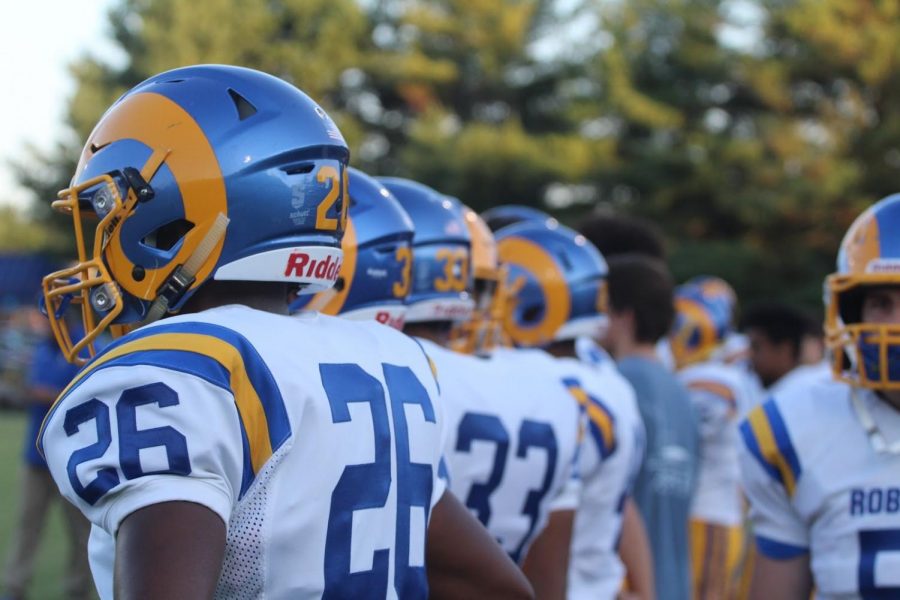To many it’s just another activity for a Thursday night, but for the models and coordinators of the 2012 DECA fashion show, this is serious.
Months of preparation, totaling over 200 hours of work, go into this single two hour event. Costumes have to be purchased and made, the models have to be chosen and fitted, and then there are runway line-ups and different walks to explore before finally focusing on the lighting and music selection.
Senior coordinators Maggie Araneo, Adna Guled and Charlotte Lowe ran the event with numerous scene directors and their models reporting to them for finalization on nearly every aspect.
“We cannot stress trend reports enough,” Lowe said. “We spent both our marketing classes, every lunch, afterschool and even other classes researching the trends in both the movies in the show and the modern trends that represented them.”
These trends were translated into clothing which could be donated to the event from various stores in the area willing to trust teenagers with their merchandise. The fact that the models were not allowed to wear anything scented while wearing the clothing proved the free use of the clothing did not come without sacrifices.
“We picked every outfit,” Araneo said. “The scene directors would just have to check everything by us anyway so instead we put together the outfits on our own.”
No one would guess so much time went into these flawless outfits as the models elude confidence strutting down the runway with all eyes on them simply enjoying the moment. Junior Ruth Briggs had something else going through her head, however.
“I was so nervous,” Briggs said. “But there’s an energy that makes you feel good and the whole experience was pretty amazing.”
Anyone who has stayed afterschool in the past few months have probably run into the “teams” practicing in the hallways. If it seems like they were always there, it’s because they were. The models and team leaders stayed after once a week for two months beforehand and every day the week of the show.
Briggs had to skip a week of track practice for model sessions. It was the scene directors job to critique every move the models made in practice in preparation for the final show.
“You would not believe how wrong your walk can be,” Briggs said.
What each student takes out of the show is up to them but to judge before attending is a mistake. The audience brings the energy to this memorable event; it wouldn’t be the same without them.




